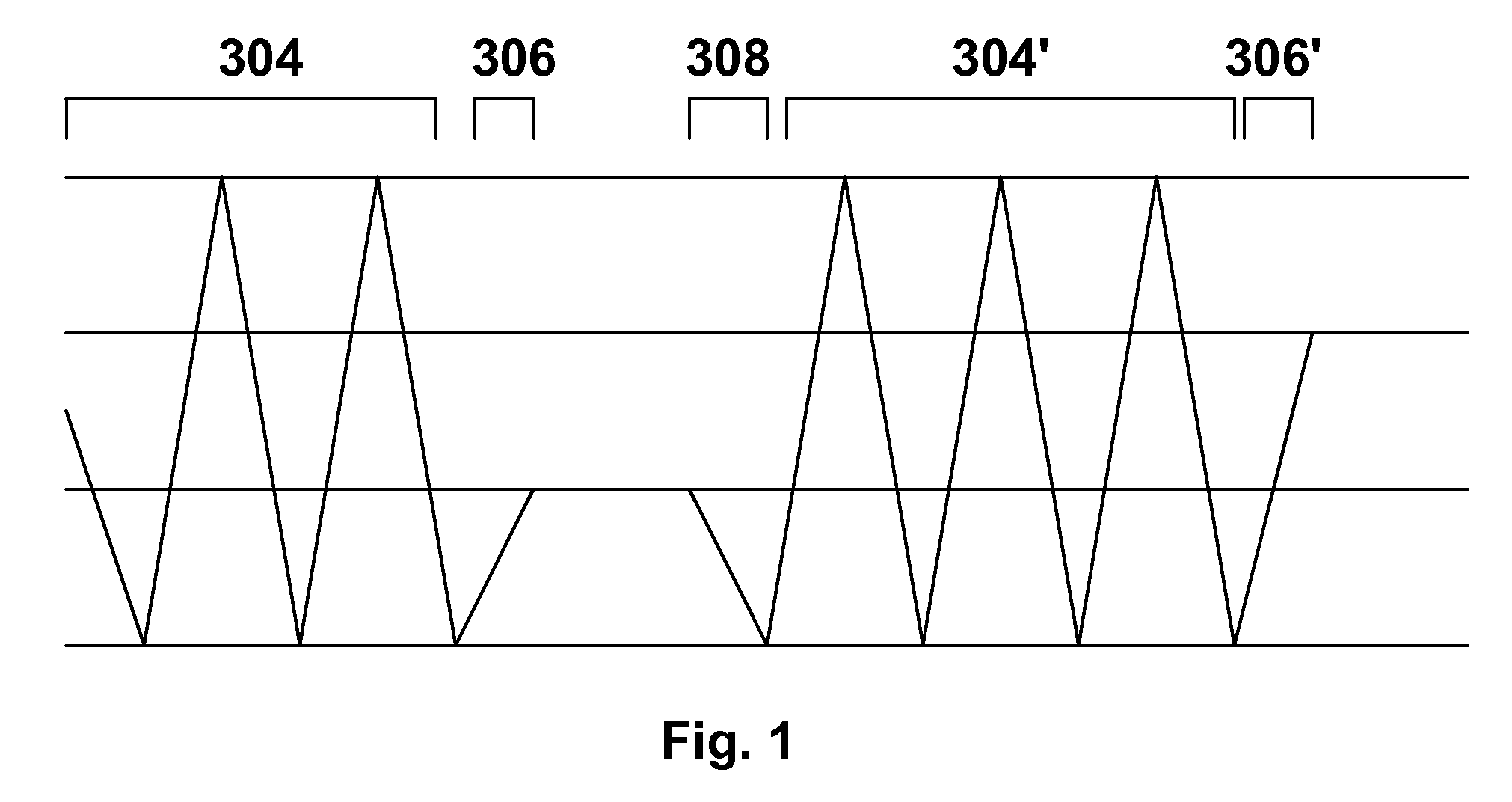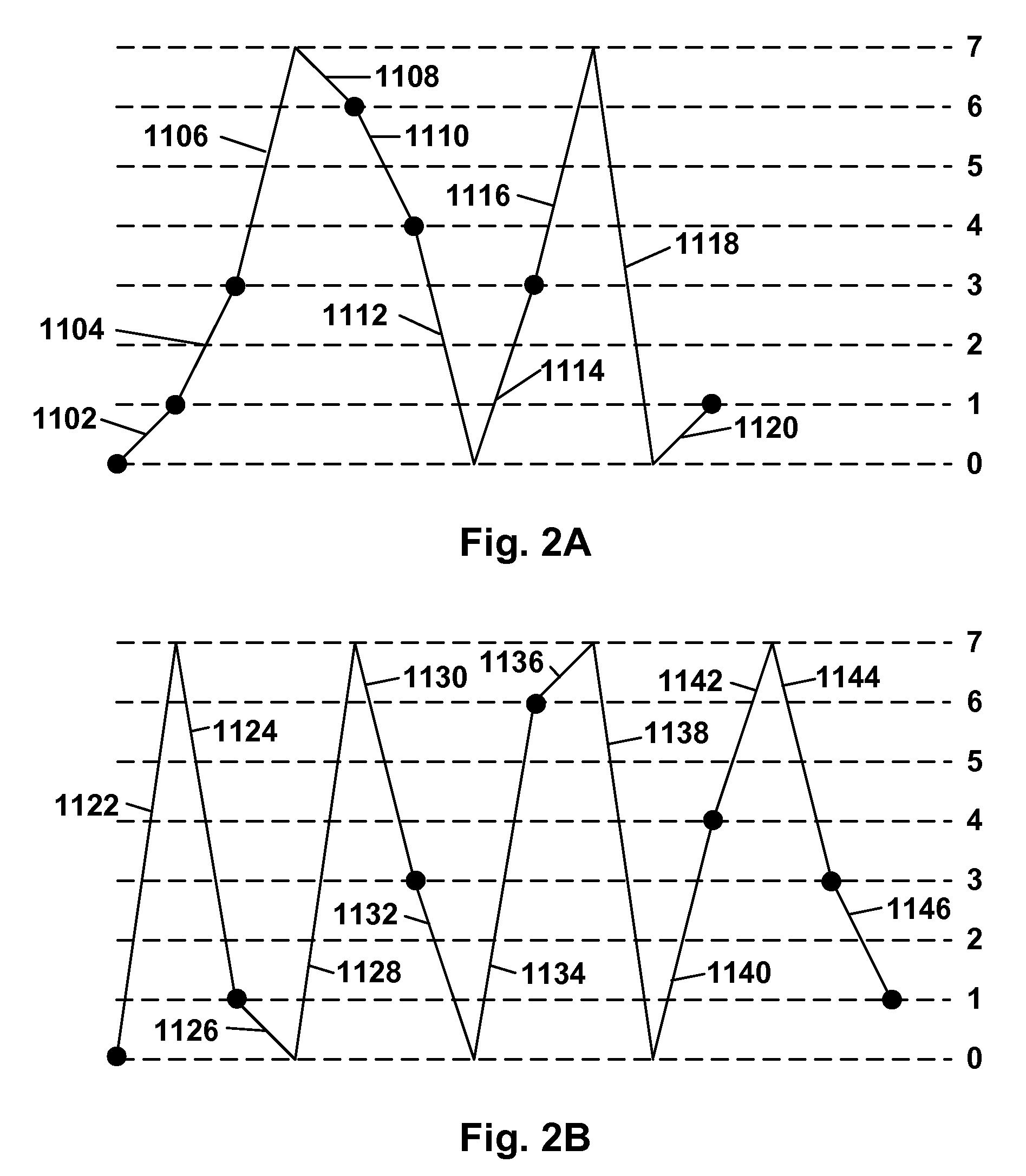Electrophoretic displays using gaseous fluids
a technology of electrophoretic displays and gaseous fluids, applied in the direction of instruments, static indicating devices, etc., can solve the problems of gas-based electrophoretic media being susceptible to the same types of problems, widespread use, and inadequate service life of these displays, so as to reduce the effect of prior history
- Summary
- Abstract
- Description
- Claims
- Application Information
AI Technical Summary
Benefits of technology
Problems solved by technology
Method used
Image
Examples
Embodiment Construction
[0086]As will be apparent from the preceding discussion, the present invention relates to gas-based electrophoretic displays, and methods for driving such displays, in which the drive impulse or the length or amplitude of AC pulses, of the waveform used for a specific transition, is increased to compensate for various time dependent effects, including aging of the display and the dwell time since the display, or a specific pixel thereof, has been rewritten, or the number of times the display or pixel has been rewritten. Although the increased impulse, increasing switch count and AC pulse displays and methods of the present invention have been described separately above, it will be appreciated that, in practice, a single display might make use of multiple aspects of the present invention; for example, an increased impulse method could be used to compensate for aging of the display and the AC pulse method to compensate for dwell time effects. Alternatively or in addition, one or more ...
PUM
 Login to View More
Login to View More Abstract
Description
Claims
Application Information
 Login to View More
Login to View More - R&D
- Intellectual Property
- Life Sciences
- Materials
- Tech Scout
- Unparalleled Data Quality
- Higher Quality Content
- 60% Fewer Hallucinations
Browse by: Latest US Patents, China's latest patents, Technical Efficacy Thesaurus, Application Domain, Technology Topic, Popular Technical Reports.
© 2025 PatSnap. All rights reserved.Legal|Privacy policy|Modern Slavery Act Transparency Statement|Sitemap|About US| Contact US: help@patsnap.com



